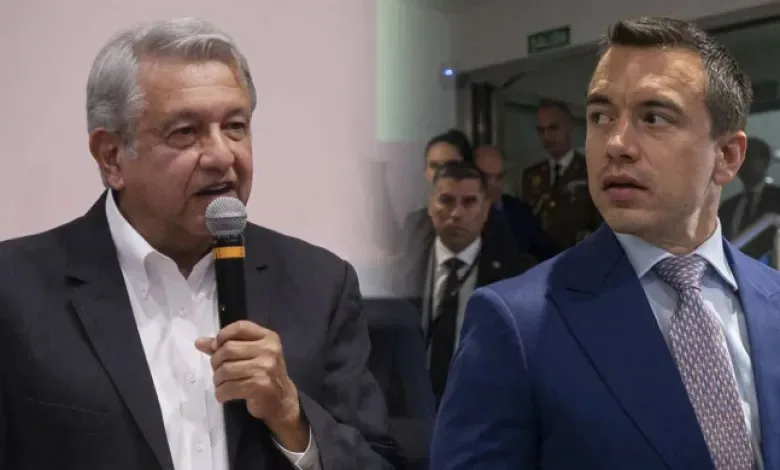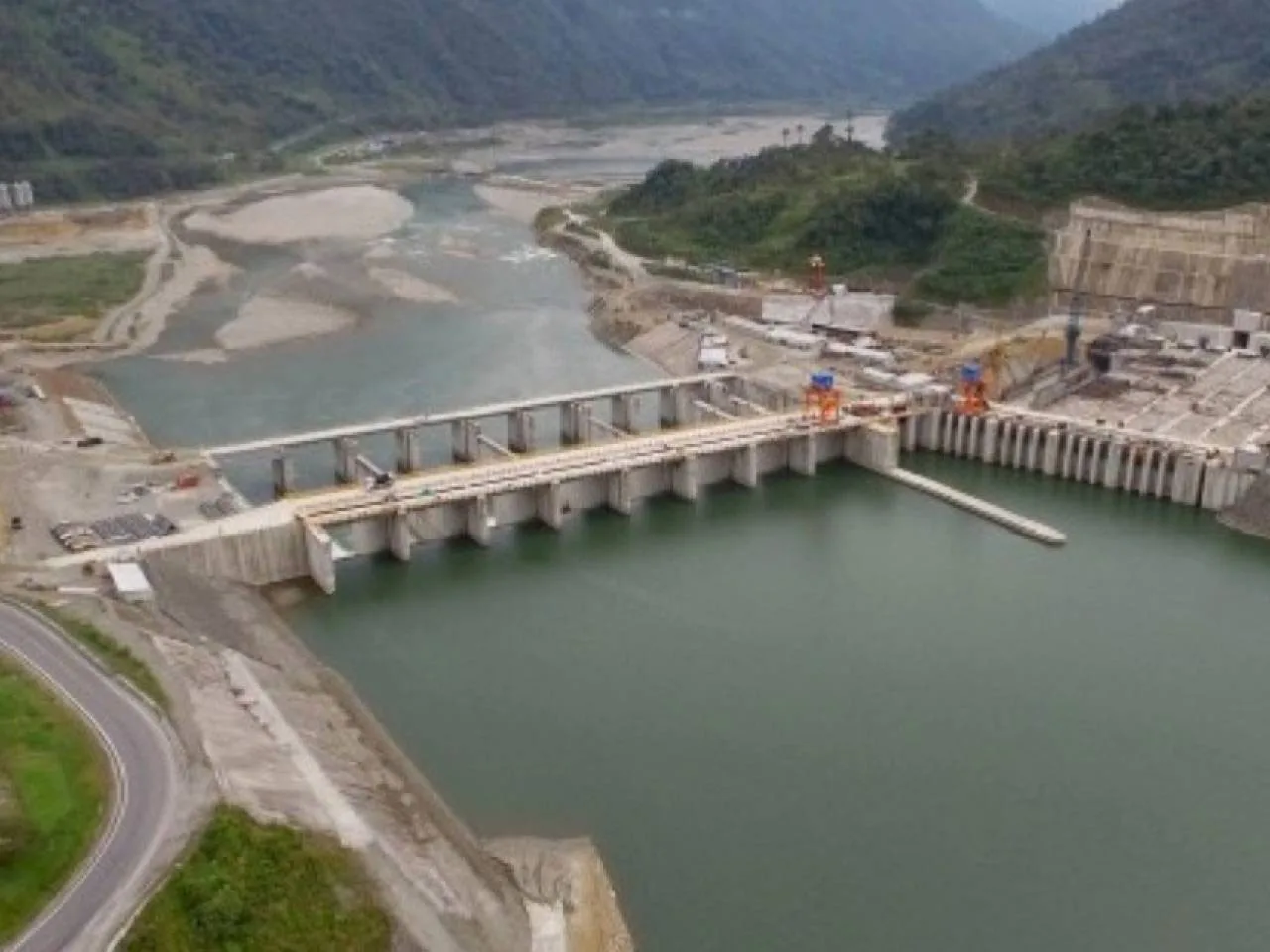Will China’s insatiable hunger for gold damage Ecuador tribal lands? Indigenous say they will fight to protect their heritage
By Tarra Clarke
“We can’t be beggars sitting on a sack of gold.”
This was Ecuadorian President Rafael Correa’s favorite catchphrase during his reelection campaign that ended in a sweeping victory in February 2013.
Correa’s “sack of gold” referred to the Cordillera del Condor, a rainforest mountain range laden with precious metals – especially gold and copper, but also silver and platinum.
You see, Ecuador is surrounded by Chile, Brazil, Peru, Colombia, and Argentina – all countries with proven large mineral deposits. It stands to reason the same wealth of deposits sits within Ecuador, since geology doesn’t discriminate between man-made borders. But unlike its neighbors, Ecuador had never opened its doors to foreign miners – until Correa.
Correa overhauled Ecuadorian mining laws and taxes to attract foreign miners. China jumped on the opportunity – China gold demand is the second highest on the planet (after India).

Chinese company officials review mine plans last week in Zamora Chinchipe .
China is now involved in two large-scale mining projects in Ecuador, seven out of eight new hydro-electric power projects, and two out of five new foreign oil contracts, according to Ecuadorian environmental organization Acción Ecológica in March 2014.
Under Correa’s watch, China has lent Ecuador more than $11 billion since 2008. That makes China Ecuador’s biggest debtor in the South American country’s history, at nearly a quarter of its GDP.
While Correa’s dealings with China helped win him reelection, much of the indigenous population in Ecuador isn’t happy.
This February, Salon journalist Alexander Zaitchik traveled to Ecuador to write about a warrior tribe, the Shuar. They are fighting against the Ecuadorian government’s widespread selling of gold-laden Ecuadorian land to China.
“To get the gold, they will have to kill every one of us first,” Shuar chief Domingo Ankwash told Zaitchik. “The strategy is to unite the Shuar like the fingers of a fist. The forest has always given us everything we need, and we are planning to defend it, as our ancestors would, with the strength of the spear.”
Ankwash showed Zaitchik the infrastructure of a Chinese joint venture, called Mirador. The open-sky mining project is led by China Railway Corp. Mirador is estimated to hold up to 11 billion tons of copper, as well as a large secondary store of gold. At least six Chinese banks are behind Mirador: Bank of China, China Development Bank, China’s Export-Import Bank, China Construction Bank, Industrial and Commercial Bank of China, and China Merchants Bank.
Major Ecuadorian nongovernmental organizations (NGOs) jointly sent a letter to the Chinese banks, as well as Ecuador’s embassy in China and the China Banking Regulatory Commission, on Jan. 28, 2014.
“As Ecuadorians, we view La Cordillera del Condor, where El Mirador is located, as a precious symbol of our nation and home,” the letter stated. “Developing the copper mine would irreversibly devastate the region’s fragile ecosystem and violate the legal rights of indigenous peoples to live, develop and control their land and territory.”
The letter was met with silence.
Meanwhile, the Confederation of Indigenous Nationalities (Conaie) filed a suit asking for a law to carry out pre-legislative consultation for people that could be affected by mining, but no progress has been made. Hundreds of Ecuadorians have protested, also to no avail.
While China gold demand fell 4% in 2014 according to the World Gold Council, the country remains an aggressive acquirer of gold compared to other nations of the world. It is second only to India as the world’s biggest consumer of the yellow metal. (China gold demand surpassed India’s in 2013, but the two swapped positions in late 2014.)
Bloomberg reported in February that it’s too close to call which of the two countries will be the biggest buyer in 2015, but fourth-quarter 2014 global demand was up 6% compared to a year earlier.
China has been promoting the ownership of silver and gold to citizens since 2009, according to NobleCoins.
“Simply put, the Chinese government is trying to trigger a national gold craze… and it’s working. The Chinese public now has gold trading platforms on steroids,” Paul Atherly, managing director at Leyshon Resources Ltd., said in an investor presentation in London in 2009.
Indeed, physical gold demand from private Chinese households that year rose 9%. World Gold Council local business development manager Gerry Chen prescribed the rise to an “unprecedented” sales push across rural China.
Meanwhile, the Chinese government has been snapping up the yellow metal. While the country only reports its gold reserves every few years, the most recent number (given in 2009) suggests the country upped its holdings 43%, adding 454 tonnes to the 600 tonnes the country claimed to have from 2003 to 2009.
Money Morning interviewed Jim Rickards, the Financial Threat and Asymmetric Warfare Advisor for both the Pentagon and the CIA, in August 2014. Rickards believes China is buying gold in secret.
“I recently ran into a senior officer of one of the major secure logistics firms in the world,” Rickards said. “The official said he recently brought gold into China at the head of an armored column of the People’s Liberation Army… I guarantee that did not show up in the official Hong Kong import figures.”
Rickards went on to say China gold reserves are skyrocketing behind closed doors by design.
“A lot of people speculate that they want to launch their own gold-backed reserve currency, to take the Chinese yuan, back it with gold, and make it a global reserve currency,” Rickards said.
Whatever China intends to do with its yellow metal stash, pumping gold from Ecuador’s rich mines will feed Chinese gold demand – no matter the concerns of the indigenous Ecuadorian people.
Credit: Money Morning, https://moneymorning.com


















